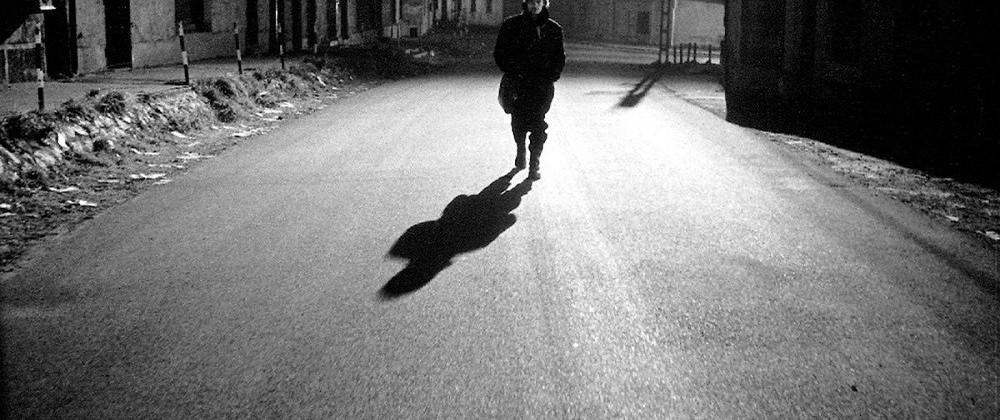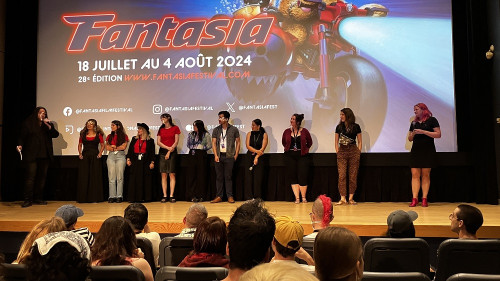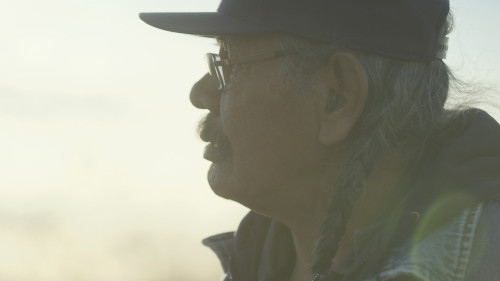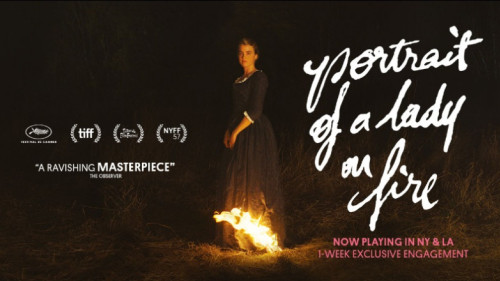Volume 26, Issue 9-10-11 / September–November 2022
The Digital Long Take, Political Views on Cinema, Film Festivals, and more
In this issue
-
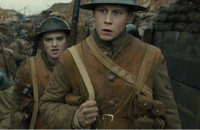
1917: The ‘Hard Work’ of the Digital Long Take
-
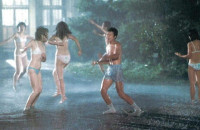
Sōmai Shinji, the Forgotten Master of Long Take and Coming-of-Age Cinema
-
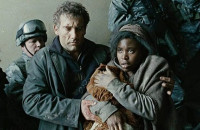
Children of Men: A Witness to Absurdity
-
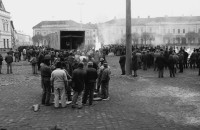
Time and Its Other
The Temporal Landscapes of Béla Tarr
-
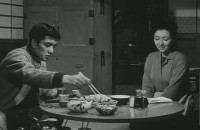
To the Bitter End: Looking Back at Mikio Naruse’s Doomed Romances
-
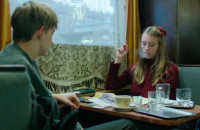
Berlinale 2022: The Great Restart
-
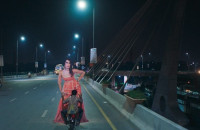
36th Leeds International Film Festival 3-17 November 2022
-
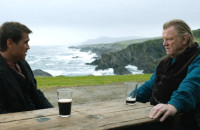
The London Film Festival, 2022
-
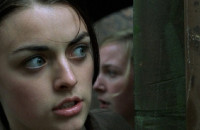
Benjamin Halligan, Hotbeds of Licentiousness: The British Glamour Film and the Permissive Society
-
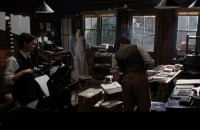
Mrs. Dalloway and The Hours: The Slippery Divide Between Fiction and Reality
-

Hollywood & Human Progress: Imagining a Better Future
-
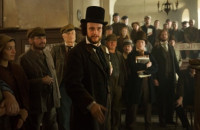
Friendship and Historical Materialism in Raoul Peck’s The Young Karl Marx
-
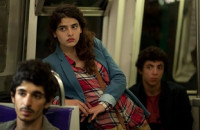
Eerie Totality in Bertrand Bonello’s Nocturama
-
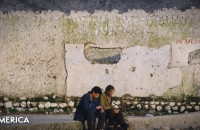
Caro Diaro and Other Films
-
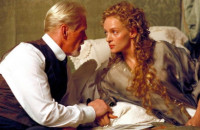
American Masters and Monsters: Jefferson in Paris and The Golden Bowl, two films of love and power by James Ivory, Ruth Prawer Jhabvala, and Ismail Merchant
This triple issue naturally has many sub-themes among the 15 contributions. The first grouping, comprising my own essay on 1917, Tim Deschaumes’ essay on Sōmai Shinji (1948-2001), Diya Dekhar-Powell’s audio-visual essay on Children of Men, and Anton Kolov’s philosphical appreciation of Béla Tarr, are connected by a concern with the highly expressive stylistic device of the long take; Kolov’s essay on Tarr only shares an indirect relationship to the long take, as its main concern is with how Tarr’s aesthetic world view evokes an archaic, mythological expression of time that feels at once infinite and of the moment. Hiranmoy Lahini looks at what made the great Japanese director Mikio Naruse (1905-1969) unique and set him apart from his contemporaries, with a focus on his later career films. The next three pieces are 2022 festival reports on the Berlinale (Martin Kudlac), The Leeds International Film Festival (Philip Gillett) and The London Film Festival (George Kowalik). With three books of his own on British Cinema, Philip Gillett is ideally suited for a book review of Benjamin Halligan’s new (2022) Hotbeds of Licentiousness: The British Glamour Film and the Permissive Society. Continuing along the Brit-Theme, is Anna Tatelman’s discussion of Stephen Daldry’s Virginia Woolf inspired The Hours (2002). Writer Anna Tatelman does a close textual reading of how The Hours intertwines Virginia Woolf’s novel Mrs. Dalloway across three different time frames, three different female characters, stretched across the layers between fiction and meta-fiction. Director Stephen Daldry invokes Woolf’s non-linear style by cutting across Woolf’s life history and those of her characters. The concluding five articles are united as pieces that are concerned with a social or political aspect of a film(s). In his essay “Hollywood & Human Progress: Imagining a Better Future” Leon Saunders Calvert is critical of Hollwyood’s continued reliance on the dystopian vision of the future and is critical of Hollywood’s inability (or lack of desire, imagination) to imagine a positive, hopeful future. Daniel Garrett offers a close reading of Raoul Peck’s film account of one of the most influential political thinkers of his generation, Karl Marx, in The Young Karl Marx. The bio pic form (or films based on the life of important living or dead figures) continues to be one of contemporary cinema’s favorite narrative models. Many treat popular figures in the field of sport, art, literature and film, but Haitian-born filmmaker Peck prefers more challenging (at least with respect the intellectual or historical breadth of the subjects) figures, including political figures (Patrice Lumumba), cultural thinkers (James Baldwin) and political thinkers (Karl Marx and Friedrich Engels). Adam Cook searches for meaning in Bertrand Bonello’s opaque political allegory, Nocturama. Drawing largely from the political ideas of Mark Fisher’s Capitalist Realism: Is There No Alternative? Bonello’s young terrorists are caught in a struggle where they themselves become both the source and the target owing that “it is easier to imagine the end of the world than to imagine the end of capitalism.” Antonio D’Alfonso brings together four Italian films from the 1990s, Sud (1993) by Gabriele Salvatores, Lamerica (1994) by Gianni Amelio, Mille bolle blu (1993) by Leone Pompucci, and Caro Diaro (1993) by Nanni Moretti, and analyzes them as a collective imaginary of Italy in transition, in movement, looking to its past and wondering about its future. And in the concluding article, Daniel Garrett focuses on two films by Ivory and Merchant and two great leaders, one real, Thomas Jefferson in Jefferson in Paris, one fictive, Henry James’ Adam Verver, from The Golden Bowl, from a James adaptation.
(Donato Totaro, ed.)

